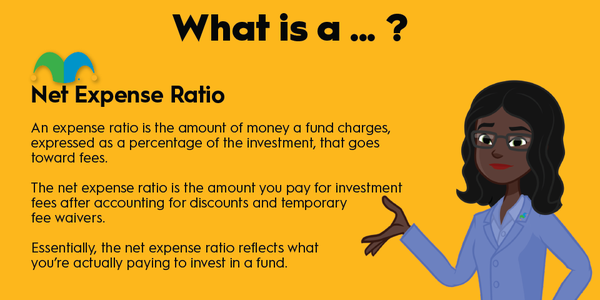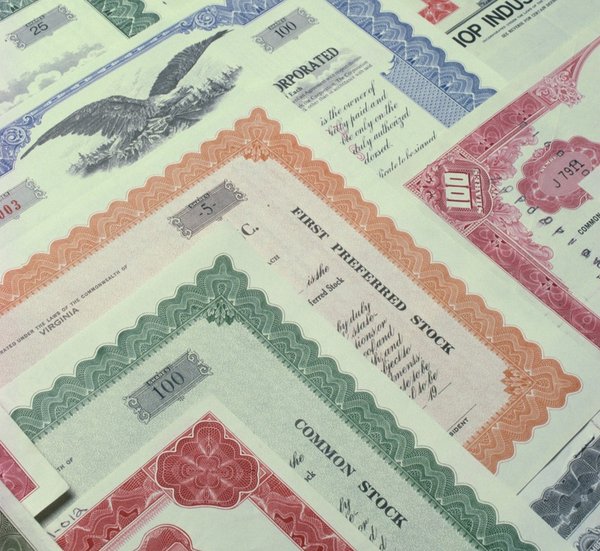A non-performing loan (NPL) is a debt that's in default because the borrower hasn't made scheduled payments, usually for 90 days or more. This concept is important to understand for anyone who plans to invest in financial institutions.
Read on to learn what NPLs signify, how lenders manage NPLs, and the ratio you can use to analyze a lender's NPL performance.
What is an NPL?
Understanding non-performing loans
NPL is a regulatory concept rather than an accounting term. In the U.S. and other developed countries, lenders are required to report how much of their loan portfolio is non-performing. The FDIC monitors non-performing loan trends closely to ensure the safety of depositor funds.
Non-performing loans may or may not be accruing interest. Loans that lenders convert to nonaccrual status are usually unsecured or non-guaranteed obligations, also in default. The lender doesn't accrue interest on these because repayment is uncertain. Instead, interest is recorded as income only when or if it is received.
Analysts and investors review non-performing and nonaccrual loan balances to assess the overall credit quality of a lender's loan portfolio. A rising tally of non-performing loans signals the potential for more loan charge-offs and less interest income. These trends negatively affect the lender's financial health and can ultimately contribute to business failure.
How lenders manage them
How lenders manage non-performing loans
Lenders can manage non-performing loans in different ways, depending on the situation. They can take possession of the loan collateral, restructure the debt, enforce a third-party guarantee, or sell the loan at a discount.
- Take possession of collateral: If the loan is a mortgage, for example, the lender can seize the home and sell it to pay down the debt.
- Restructure the debt: The lender may reduce the interest rate, write off some principal, or lengthen the loan term to make the payments more manageable for the borrower.
- Enforce a third-party guarantee: A guarantee is an agreement by a guarantor to repay debt if the borrower defaults. The guarantor is contractually obligated for the balance of the non-performing loan.
- Sell the loan at a discount: The lender can sell the debt to a collection agency that will pursue repayment.
The right strategy is the one that minimizes losses for the lender. Note that a loan can transition from non-performing to re-performing if the borrower begins making payments again.
NPL ratio
NPL ratio for evaluating non-performing loans
The NPL ratio is the metric commonly used to evaluate a lender's non-performing loan balance.
To calculate the NPL ratio, divide the non-performing loan balance by the lender's total loan portfolio. For example, a bank with $100 million in outstanding loans and $1 million in non-performing status has an NPL ratio of 1%.
A lender's NPL ratio is influenced by macroeconomic factors as well as the lender's underwriting policies. NPL ratios rise with higher inflation, rising unemployment, and slowing economic growth. This is why peer and historical comparisons of the NPL ratio are necessary. An NPL ratio of 1% can look poor or great -- depending on the economy.
For context, the NPL ratio of the entire U.S. in 2022 was 0.7%, according to the World Bank. But in 2009, in the wake of the financial crisis, the nationwide NPL ratio was 5%.
If a lender's NPL ratio is much higher than the current norm, that's likely related to underwriting issues. High-risk lending can cause a lender's NPL ratio to rise over time when economic conditions are positive. Risky lending practices are also associated with bank failures, including the 2023 shutdown of Silicon Valley Bank.
Related investing topics
Example
Non-performing loans in real life
Regions Bank (RF -1.34%) reported an NPL ratio of 0.65% in its third quarter ended Sept. 30, 2023. The ratio was 15 basis points higher than in the previous quarter and 13 basis points higher than in the year-ago quarter.
The increase isn't ideal but also not surprising. Lingering high interest rates strain borrowers' ability to repay debt, which can push more loans into non-performing status. Truist Financial (TFC -2.35%) has reported a similar trend. Its NPL ratio rose to 0.46% from 0.35% between the third quarters of 2022 and 2023.
Lenders manage expected increases in non-performing loans by raising their provision for credit losses at early signs of economic trouble. Many did so in 2020 to protect against a pandemic-prompted rise in past-due loans. The same protective action was popular in 2022 when interest rates first began to rise.




























